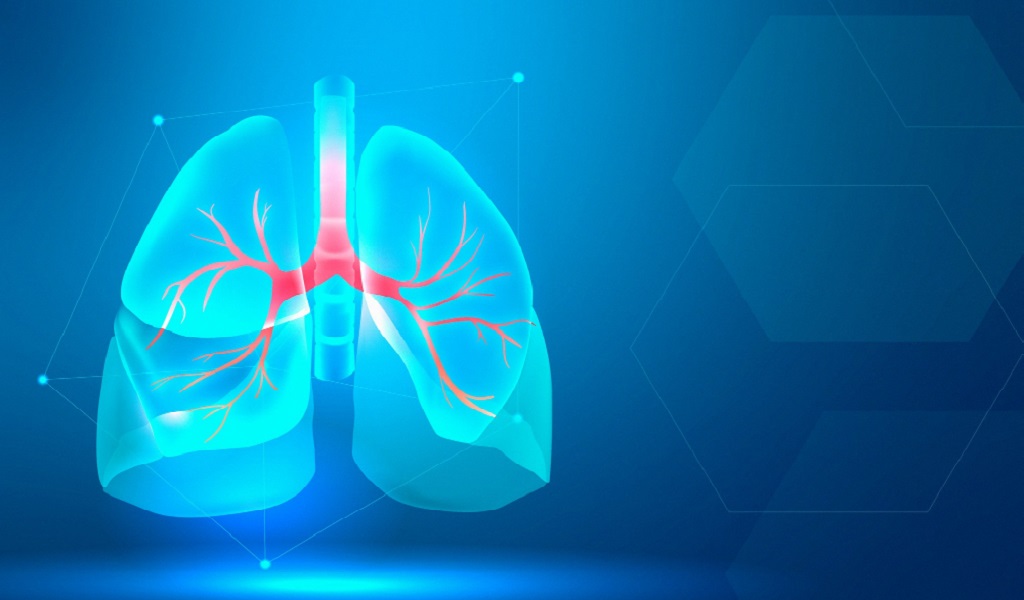X-ray and CT scans are commonly used imaging tests for lung nodules. The former is not as accurate as of the latter and some nodules can go undetected. CT scan is the best way to screen for and diagnose lung nodules.
People are exposed to radiation during a CT scan, so the lowest effective dose should be provided and should usually be avoided in pregnant women and infants. However, adults generally have no problem having a CT scan several times a year.
The following are the most common CT imaging options used to detect and diagnose lung nodules.
Low-dose CT (LDCT)
CT lung screening is used to detect early lung cancer in people at high risk when it is almost completely curable. Low-dose CT is an effective tool for lung screening and can detect small, early lung nodules. Its radiation dose is low, about 1/4 of that of conventional CT, and its clarity is lower than that of conventional CT, so LDCT is generally for physical examination or early screening of lung cancer, not for preoperative examination and review of lung nodules.
CT
CT or conventional CT is the most widely used CT option. Both low-dose CT and CT are commonly used for chest physical examinations and are available in many primary hospitals. It is clearer than low-dose CT and can detect lung nodules that cannot be found on chest X-rays. It is fast and very inexpensive, but because of its wide scan spacing, small nodules may sometimes be missed.
Contrast-enhanced CT (CECT)
CECT is mainly applied for preoperative evaluation and is not usually appropriate for lung nodules. This is because it takes longer and is more expensive than a conventional CT scan. However, Dynamic CECT can be useful in identifying solitary lung nodules.
High-resolution CT (HRCT)
High-resolution CT, also called thin-section CT, refers to CT with smaller scan spacing, usually with a scan spacing of less than 5 mm. Compared with conventional CT, it is more accurate and has better resolution, and can visualize small structures in the lung. HRCT is currently the most commonly used for lung diseases and can be used for follow-up of lung nodules, especially ground-glass nodules.
3D CT reconstruction of lung nodules
3D CT reconstruction of lung nodules is based on a conventional CT scan with the use of software for post-processing of the images. Its scan spacing is smaller and therefore the resolution of the nodules is higher. The density and volume of the nodule, its relationship to the blood vessels and its margins can be accurately identified, helping to determine whether it is benign or not. It can therefore be used for the accurate diagnosis of lung nodules and the localization of nodules prior to surgery in order to decide on the surgical plan in advance.
PET-CT
PET-CT is often used for the diagnosis of high-risk lung nodules and for screening of the whole body to find if cancer has spread. It is the most advanced imaging equipment available. PET-CT has a certain scope of application and is very expensive, and is not commonly used for the diagnosis of nodules in general cases.
